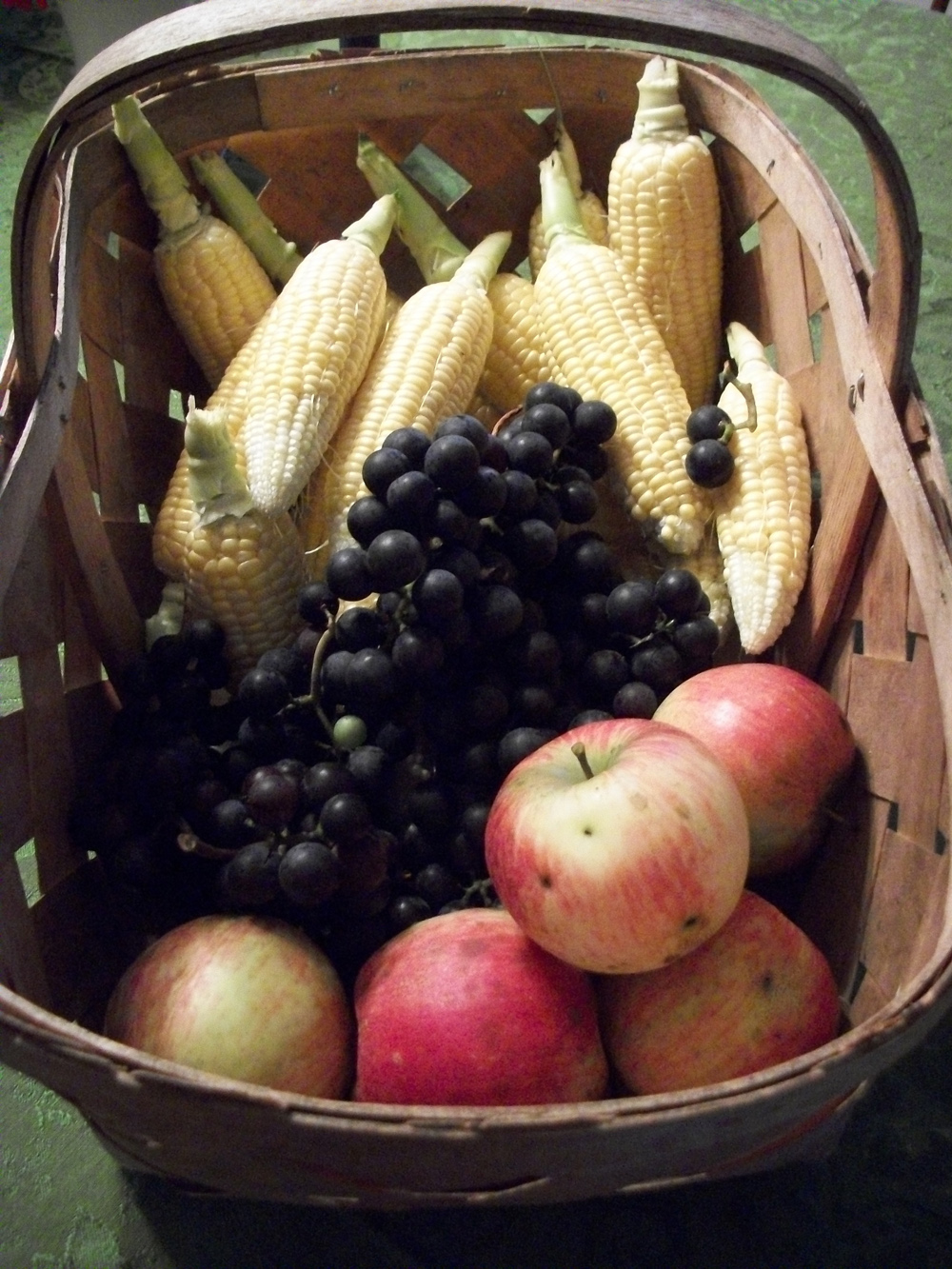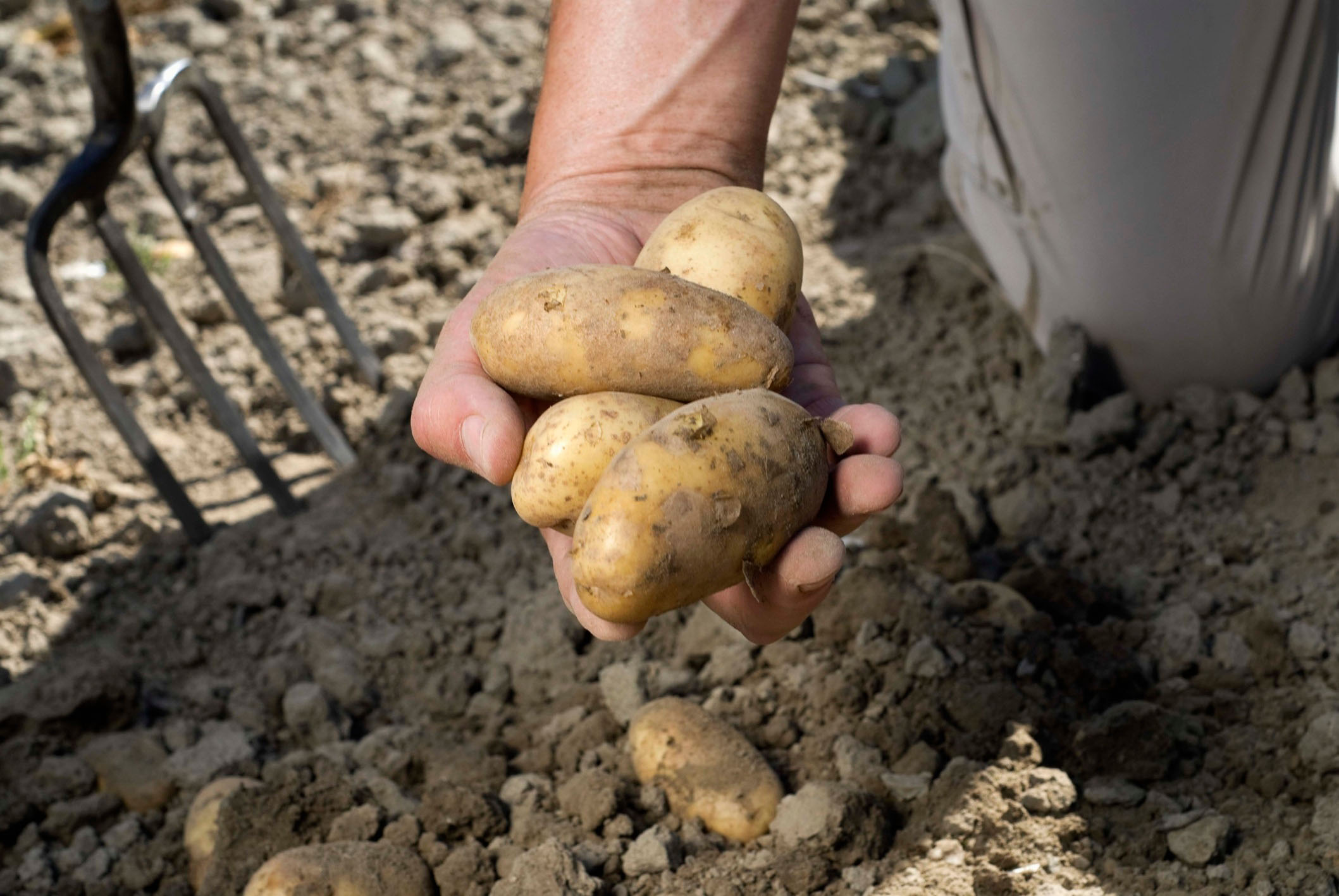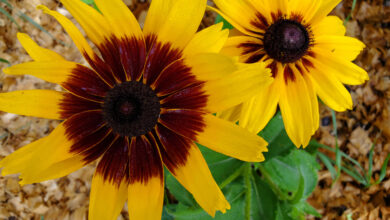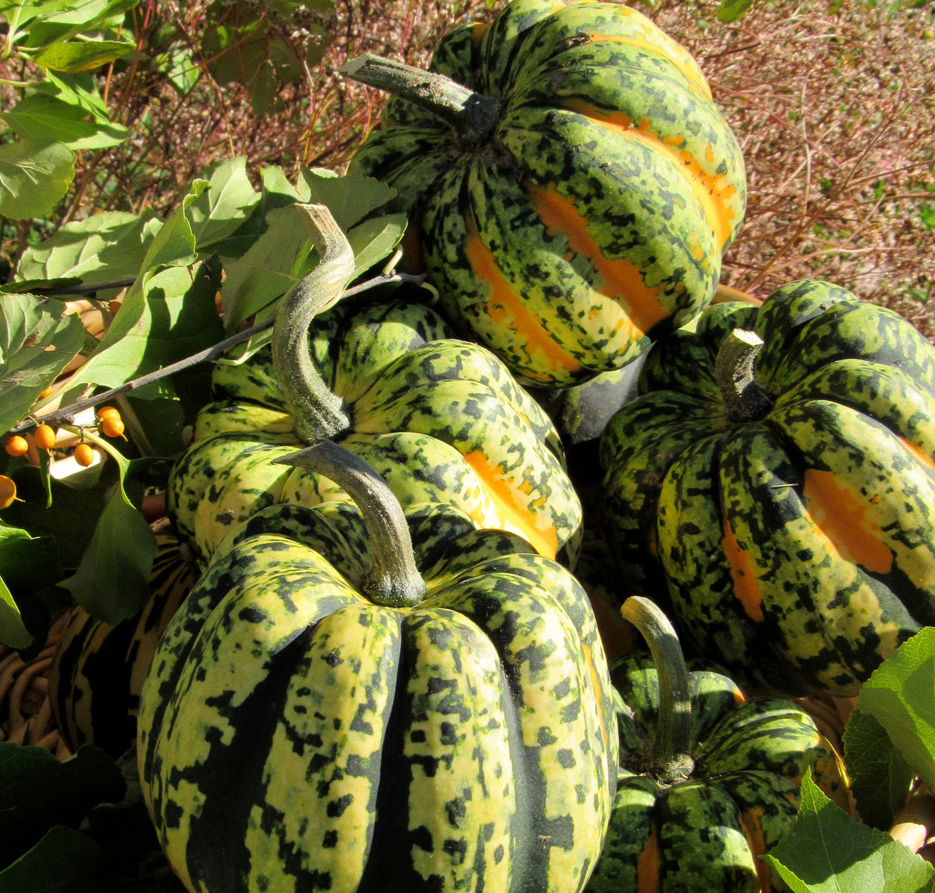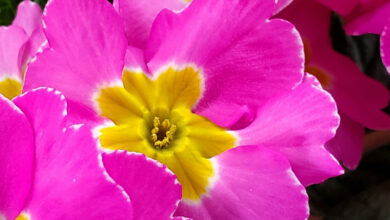Fall is in the air – time for asters

Beautiful chrysanthemums get a lot of attention in the gardening world as we head into autumn, and they are certainly a seasonal staple in my yard, but asters are another show-stopper plant that adds a punch of color to your beds and borders at this time of year.
New England asters (Aster novi-angliae) are a herbaceous, perennial wildflower that is easily spotted blooming in shades of purple along the roadways in the late summer and fall.
A member of the Asteraceae family, New England asters are native to the central and eastern U.S. and range in height from 3 to 6 feet and spread 2 to 4 feet.
The plants have profuse, daisy-like flowers with yellow centers. As an added bonus, aster blooms attract butterflies.
When purchasing asters at the local nursery, you can find colors ranging from red to blue, indigo, violet, white and pink.
Asters enjoy well-drained soil in full sun. Moist, rich soil is preferred. You can pinch back stems several times prior to mid-July to control plant height (asters usually need some staking) and to promote bushiness. After flowering, aster plants can be cut back to the ground if they become unsightly.
For the most part, New England asters are not bothered by insects, however, there is some susceptibility to powdery mildew and aster wilt. Wilt can be a problem especially if the plants are grown in poorly drained clay soil.
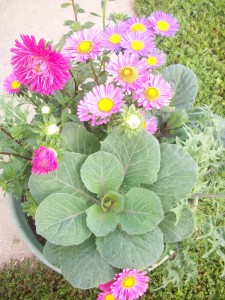
According to the USDA, the various forms of stem rot are of fungus origin and are introduced by allowing the plants to remain moist for too long a time. Plants affected will take on a bleached appearance and have spindly growth.
I’ve definitely had problems with stem rot when I’ve tried to grow New England asters, which I love, especially the bright pink ones. If the purple wild ones make their way into my garden, I usually leave them alone and they add color at a time of year when many of my perennials are past peak. The asters also grow freely in other spots in my yard outside the garden.
This year, I found China asters (Callistephus Chinensis) at a local garden center. I see seeds for them in gardening catalogs all the time and have grown them from seed, but it’s also nice to have mature plants to add to the garden late in the season. They are lovely flowers that bloom in shades of bright pink, purple and white. I planted mine in containers with kale and ornamental cabbage for something different late in the season and am looking forward to enjoying them for many more weeks.
September and October are great times of year to be outside and in the garden
Autumn is an ideal time to plant perennials, shrubs and trees.
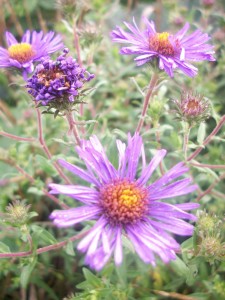
The selection at your favorite nursery may not be as extensive as it was in May and June, but there are many deals to be had and it’s also the time of year when it’s easy to assess where you need to add something new in the garden.
The soil is much warmer at this time of year than in the spring, and moderate air temperatures and easier to maintain soil moisture mean newly planted material will send out lots of root growth before the ground freezes.
Plant just the same as you would any other time of the year and make sure to water consistently – especially with trees. You can stop watering once the ground freezes and hold off on fertilizing until spring.
In my vegetable garden, the harvest continues and in the orchard, the apples are almost ready. The grapes in my little vineyard will be ready soon, too. We should have sweet corn well into September and this year’s winter squash crop is looking pretty good. I love to decorate during the autumn with the squash before I cook it for fall meals.
You can still try to plant some edible crops like kale – which is great in autumn and winter soups and which can be harvested until the ground freezes – and radishes, which grow quickly from seed. You might get some lettuce even at this late date, especially if you plant in containers.
Lastly, you can plant some “green manure” or cover crops through the end of September to build up your soil and control pests and diseases. Rye (cereal rye can be planted up until frost) and oats can protect your soil from rain and wind erosion and improve tilth.
Legumes, like alfalfa, will help to build nitrogen in your soil.
Photos by K. Gabalski


